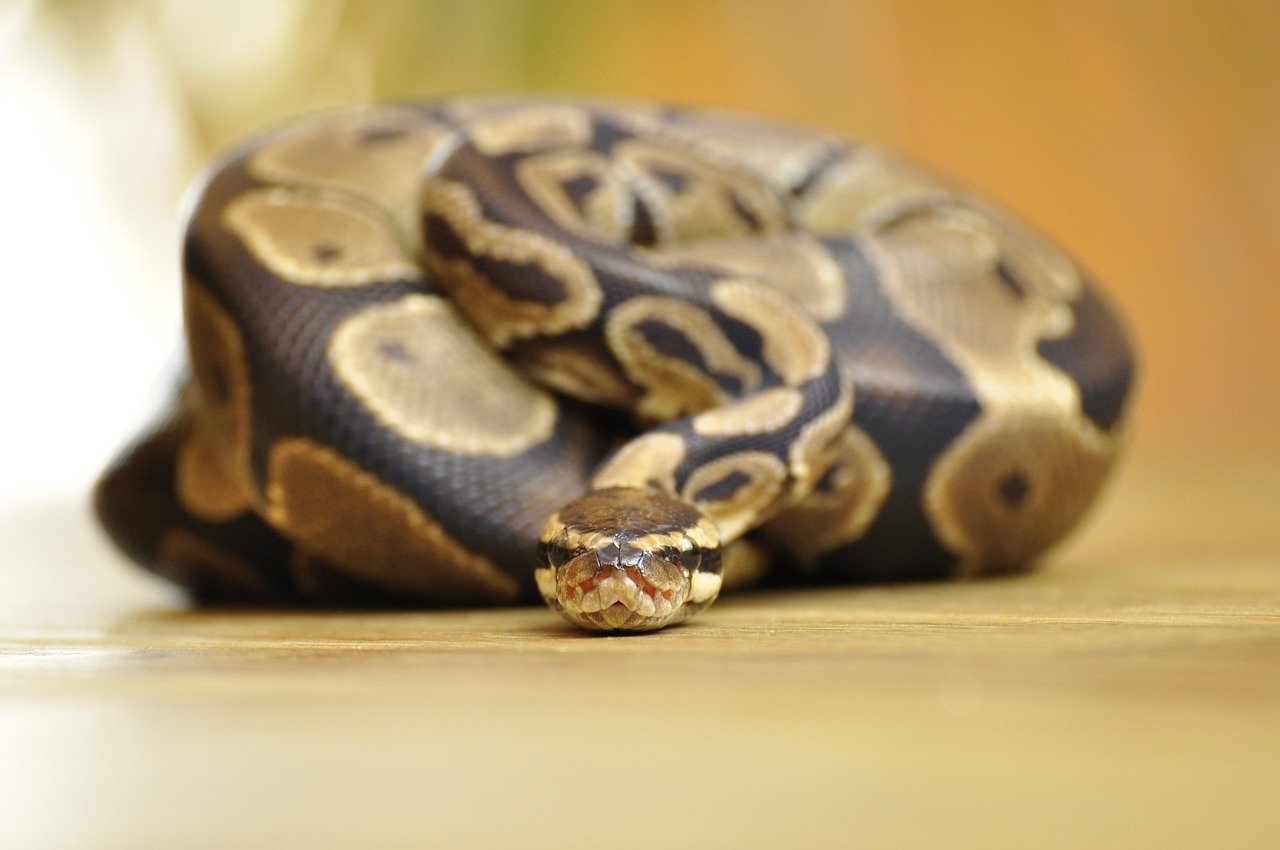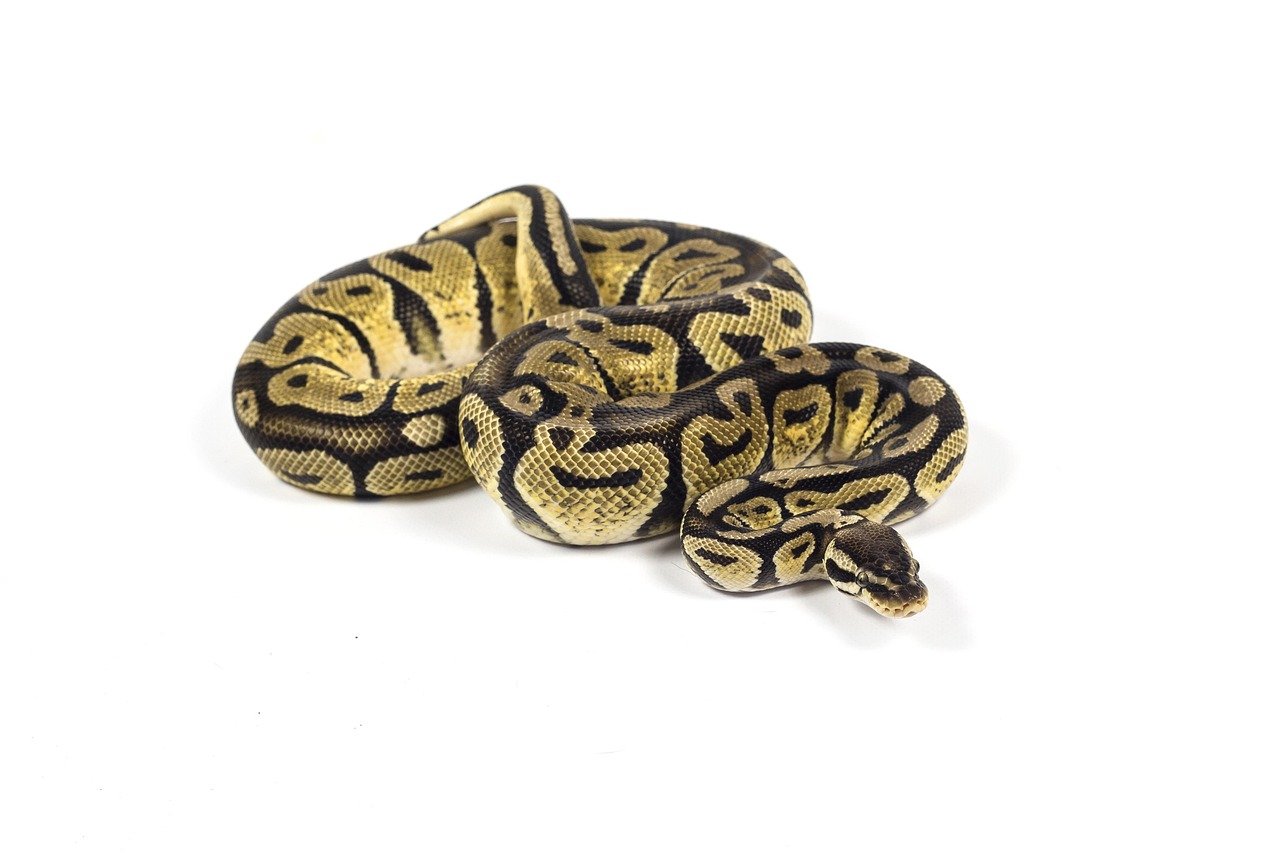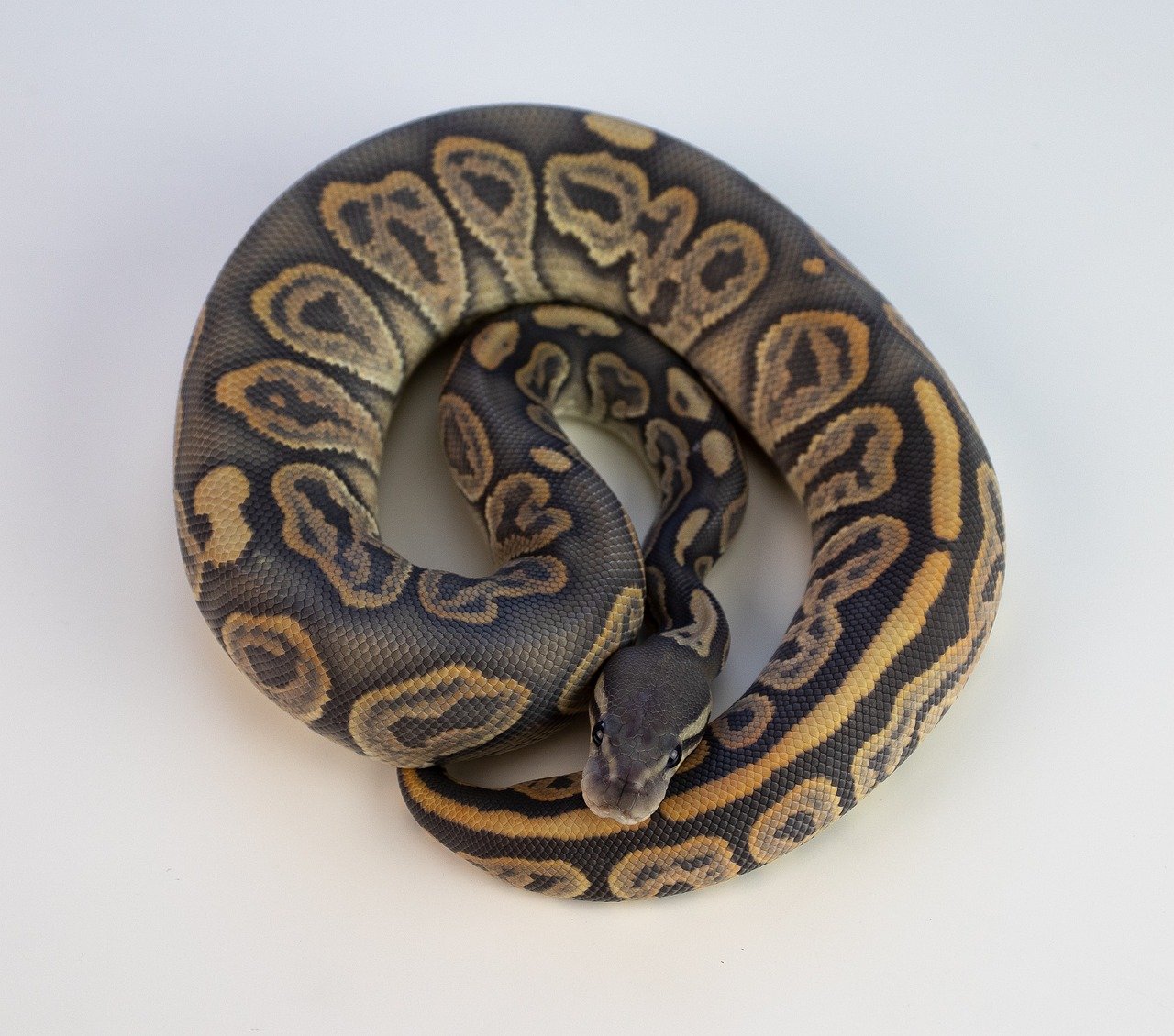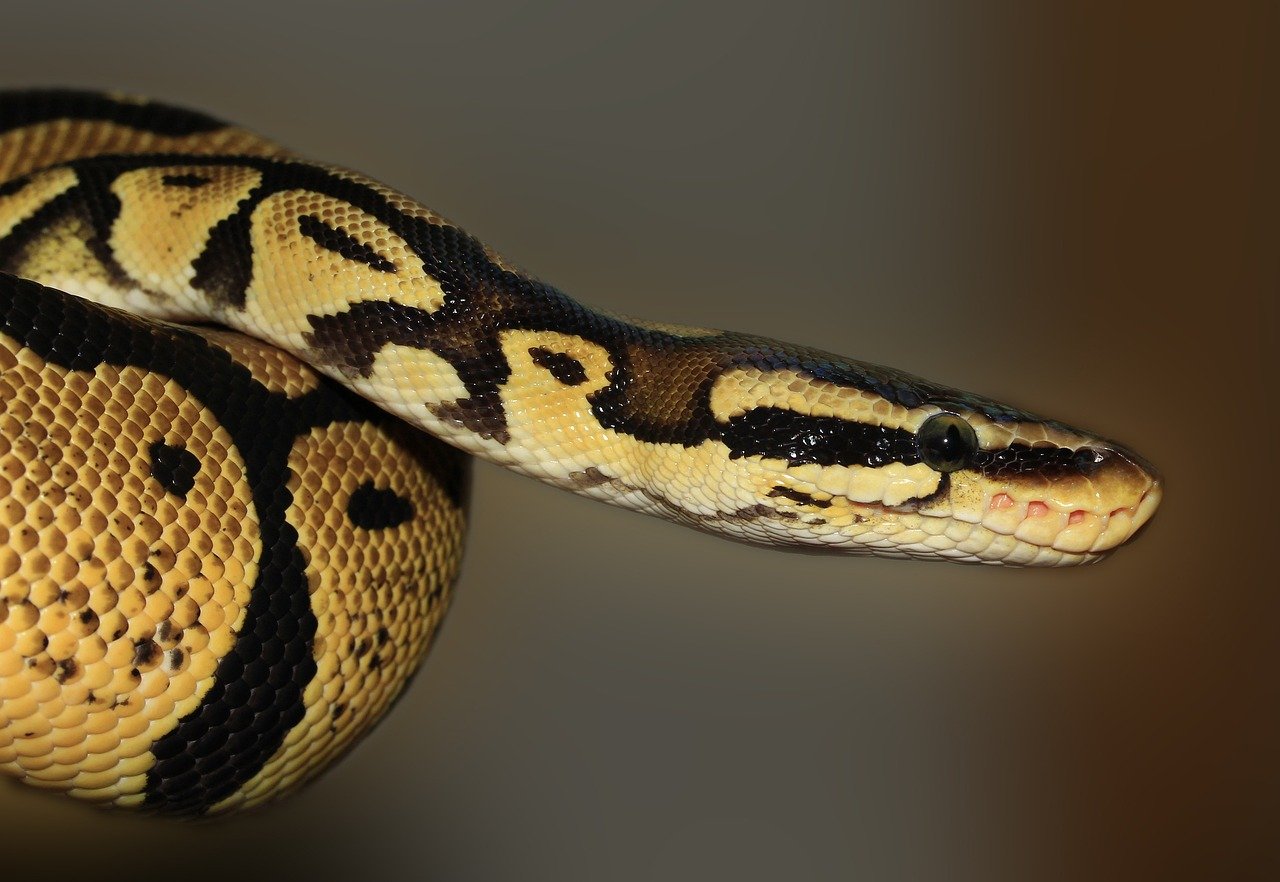Have you ever watched a ball python curl up peacefully, their gentle eyes blinking slowly, and wondered what it takes to keep them truly content? The answer isn’t just about feeding them a mouse every now and then. Behind every relaxed, healthy ball python is a caring owner who knows their secrets. If you want your scaly friend to thrive, not just survive, these top 10 care tips will unlock a world of calm, trust, and even affection between you and your remarkable pet. Let’s dive into what it really means to make your ball python happy—because every snake deserves a life as extraordinary as they are!
Set Up the Perfect Enclosure

Ball pythons are known for their gentle nature, beautiful patterns, and relatively easygoing care needs, making them a favorite among reptile enthusiasts. But even these low-maintenance snakes have specific needs that must be met to keep them truly happy and healthy. From creating the perfect habitat to understanding their behavior, a little extra attention goes a long way.
Creating the right home for your ball python is the foundation of their happiness. These snakes are shy by nature, so they need a secure and comfortable enclosure to feel safe. Choose a terrarium that’s at least 40 gallons for an adult, with a tight-fitting lid—they’re escape artists! The enclosure should have enough space for your python to stretch out and explore, but not so large that they feel exposed or insecure. Add multiple hides, one on each end, so your snake can choose between warmth and coolness. Use non-abrasive substrate like aspen, cypress mulch, or paper towels for comfort and easy cleaning. Think of the enclosure as your snake’s castle; when it feels safe and cozy, your python will be much more relaxed and willing to interact.
Maintain Proper Temperature and Humidity

Temperature and humidity are crucial for your ball python’s health and happiness. These snakes thrive with a warm side of 88–92°F and a cooler side of 75–80°F, allowing them to regulate their body temperature just like they would in the wild. Use a thermostat and reliable thermometers to avoid dangerous temperature spikes or drops. Humidity should be kept between 50% and 60%, rising to around 70% when your snake is shedding. Too little humidity can cause dry, stuck sheds, while too much can lead to respiratory problems. A digital hygrometer helps you stay on top of this. Imagine living in a house that was always too hot or too dry—your snake feels the same discomfort when conditions aren’t right.
Provide Hides and Climbing Opportunities

Ball pythons are notorious for being secretive and love to hide away. Providing at least two snug hides—one on the warm side, one on the cool side—gives your snake a sense of security. The hides should be just big enough for your python to fit in comfortably but snug enough to make them feel safe. Add some fake plants, branches, or reptile-safe decorations to let them climb and explore. This isn’t just about aesthetics; enrichment keeps their minds active and bodies healthy. Think of these accessories as your snake’s playground—they offer both comfort and stimulation, reducing stress and encouraging natural behaviors.
Choose the Right Substrate

The substrate you choose impacts your python’s comfort and health every day. Avoid cedar and pine shavings, as these can be toxic to reptiles. Aspen shavings, coconut husk, cypress mulch, and even paper towels are all safe choices. Each has its pros and cons: aspen is absorbent and easy to spot-clean, while coconut husk helps with humidity but can be messy. Whatever you pick, make sure to clean it regularly to prevent bacteria buildup and bad odors. Imagine walking barefoot on uncomfortable or dirty flooring—it’s the same for your snake. A clean, soft substrate means a happier, healthier ball python.
Feed Appropriately Sized Meals

Feeding your ball python correctly is more than a routine—it’s a chance to observe their behavior and bond. Offer pre-killed or frozen-thawed mice or rats that are about as wide as your snake’s largest body part. Feeding live prey can be risky, as it may injure your snake. Juveniles need food every 5–7 days, while adults are content with a meal every 10–14 days. Always supervise feeding to ensure your python is eating properly and not stressed. Overfeeding can lead to obesity, while underfeeding causes lethargy and health issues. Remember, a content ball python is one that’s neither hungry nor overstuffed, but just right.
Handle with Care and Respect

Handling is a special time for you and your snake, but it must be done gently and respectfully. Ball pythons can be shy and may take time to trust you. Start with short handling sessions, supporting their body fully and avoiding sudden movements. Never grab or restrain their head, as this can frighten them. Avoid handling after meals or during shedding—these are times when your snake wants to be left alone. Over time, gentle handling builds trust and allows your python’s personality to shine. Just like with people, patience and respect are the keys to a strong bond.
Monitor Shedding and Skin Health

Shedding is a natural part of a ball python’s life, but it can be stressful if conditions aren’t right. Watch for dull, cloudy eyes and faded skin—these are signs a shed is coming. Boost humidity slightly and provide a rough surface like a piece of cork bark or a damp hide to help them shed smoothly. After shedding, check to make sure the eye caps and tail tip have come off. Retained shed can cause health problems, so intervene with a gentle soak if needed. A successful, full shed is a sign of a happy and healthy python, just like a fresh start.
Keep Clean Water Available

Clean, fresh water is essential for every ball python. Use a sturdy, shallow water dish that’s big enough for your snake to soak in if they choose. Change the water daily and scrub the dish regularly to prevent bacteria and mold. Hydration is vital not just for drinking, but also for proper shedding and digestion. Imagine being thirsty and not able to find water—it’s a simple need, but so important. A well-hydrated snake is a happy, active snake.
Watch for Signs of Illness

Ball pythons are usually hardy, but they can fall ill if their needs aren’t met. Watch for symptoms like lack of appetite, wheezing, excessive hiding, or abnormal stools. Mites, respiratory infections, and mouth rot are some common health issues. If you notice anything unusual, consult a reptile-savvy veterinarian right away. Early intervention can make all the difference. Just like with any pet, being attentive and proactive keeps your snake healthy and happy for years to come.
Provide Mental Stimulation
A bored snake is an unhappy snake, even if they seem lazy. Mix up their environment occasionally—move hides, add new decorations, or offer different textures to explore. Sometimes, simply rearranging the enclosure gives your python new things to investigate. You can also provide enrichment by offering food in different ways, such as hiding it in a box. Enrichment isn’t just for dogs and cats; snakes benefit from a changing environment too. Keep things interesting, and you’ll notice your ball python is more curious, alert, and content.

Linnea is a born and bred Swede but spends as much time as possible in Cape Town, South Africa. This is mainly due to Cape Town’s extraordinary scenery, wildlife, and atmosphere (in other words, because Cape Town is heaven on earth.) That being said, Sweden’s majestic forests forever hold a special place in her heart. Linnea spends as much time as she can close to the ocean collecting sea shells or in the park admiring puppies.






